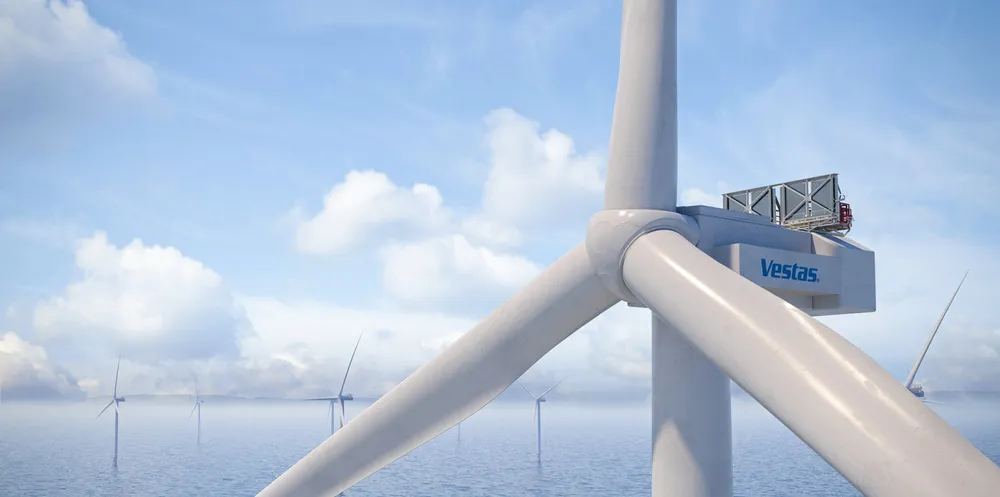Row erupts over UK leases, Vestas joins clash of the titans, and 'big oil's' green dilemmas...
Our weekly curation of the must-read news and analysis from the-week-that-was in the global renewables industry

Our weekly curation of the must-read news and analysis from the-week-that-was in the global renewables industry
